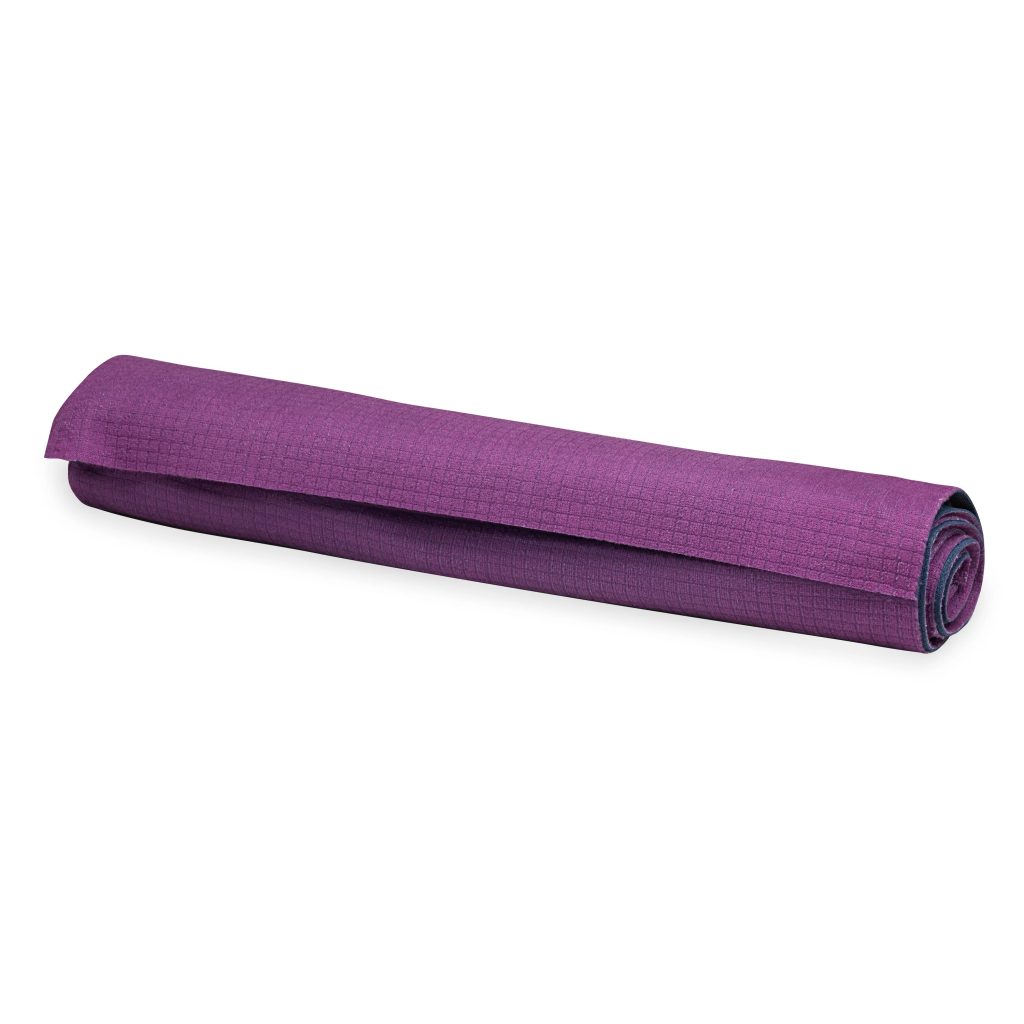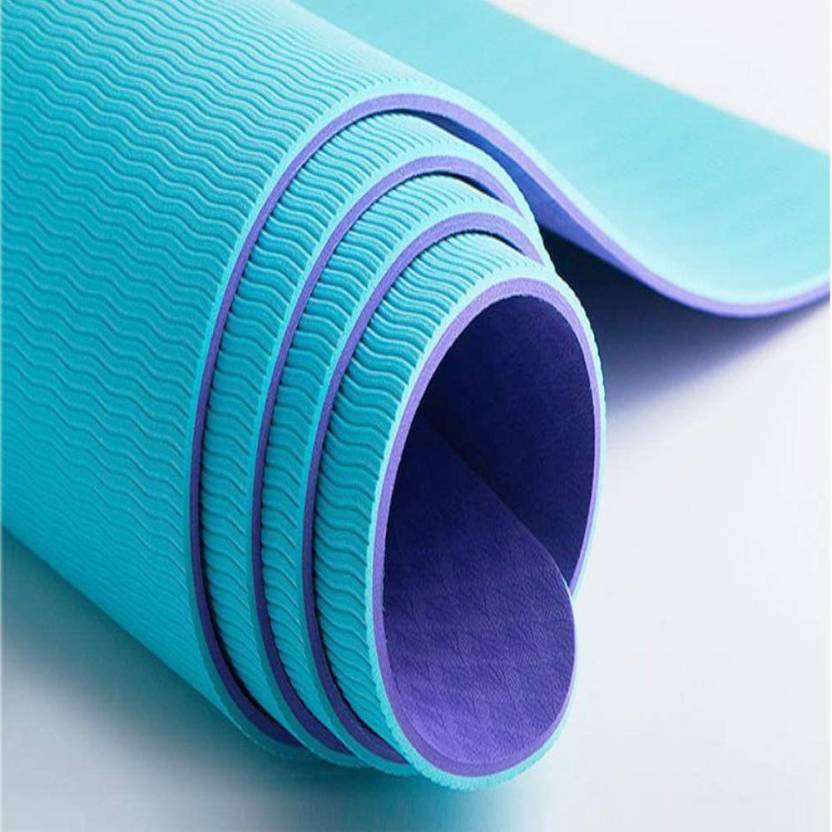Introduction to Yoga Mat Care
How to keep your yoga mat clean? Caring for your yoga mat is key to a hygienic practice. It helps extend your mat’s life and performance. A clean mat can prevent skin irritations and infections. Therefore, knowing how to keep your yoga mat clean is essential for any yogi. Regular cleaning removes dirt, sweat, and oils. It also maintains the mat’s grip and cushioning. In short, proper care keeps your mat safe, clean, and ready for your next session.
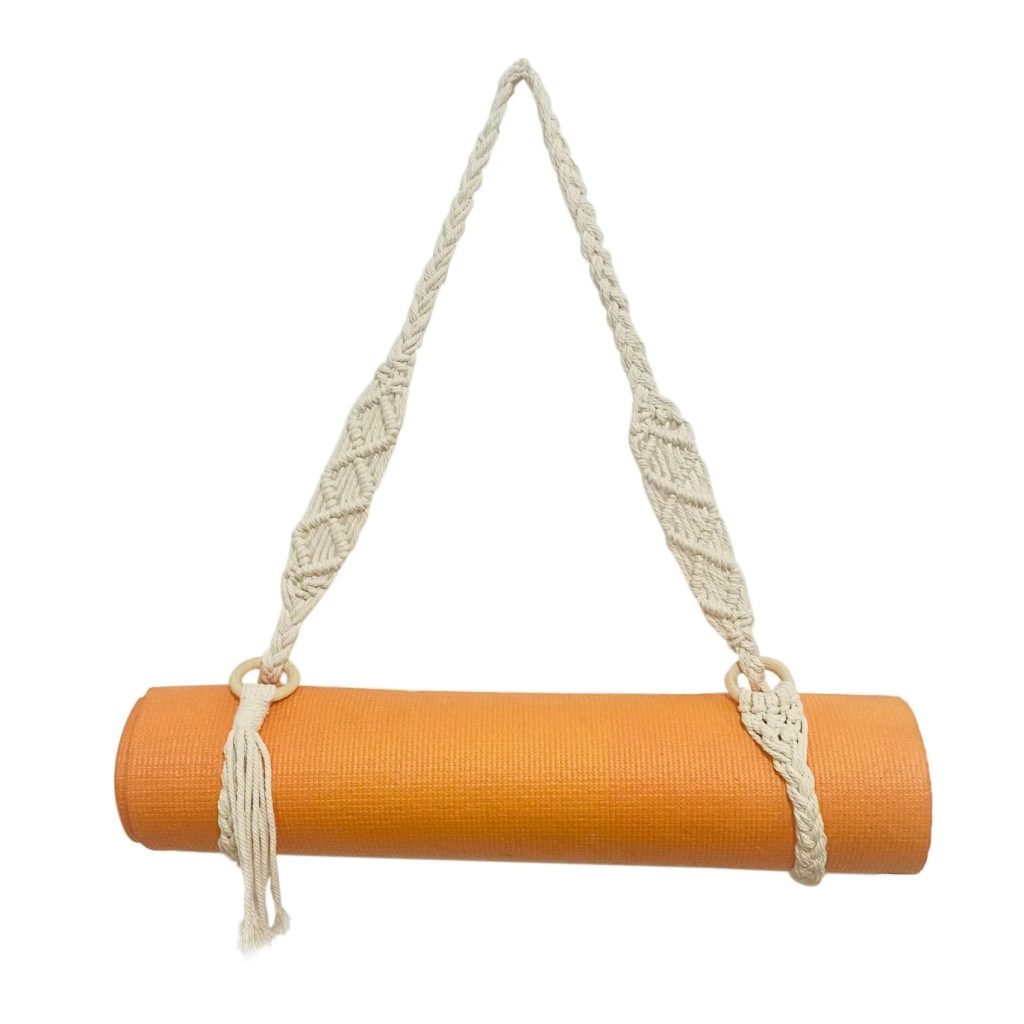
Selecting the Right Cleaning Materials
Choosing the right cleaning materials is crucial for the upkeep of your yoga mat. The materials you pick must be effective in removing dirt and bacteria without damaging the mat’s surface. For regular cleaning, you can rely on simple supplies that you already have at home.
Cleaning Agents
You can create a homemade solution using water and gentle soap. Mild dish soap or a small amount of shampoo will work. Alternatively, if you prefer to use a ready-made solution, purchase a specialized yoga mat cleaner. These products are designed to clean mats without leaving residue or causing harm.
Tools for Cleaning
A soft cloth or sponge will serve well for wiping the surface. Avoid using abrasive scrubbers as they can wear down the mat’s material. Microfiber towels are ideal because they are gentle and highly absorbent.
Disinfectants
If you want to disinfect your mat, consider using natural options like white vinegar or tea tree oil. Mix these with water to create a natural disinfecting spray. Remember to dilute properly to prevent the strong smell and potential mat damage. Always do a spot test on a small area of your mat before applying any new cleaning agent.
Step-by-Step Cleaning Guide
Keeping your yoga mat clean is straightforward with this easy guide. Follow these steps to ensure a spotless and sanitized mat.
- Gather Supplies: Before you start, gather all the cleaning materials. You’ll need a gentle cleaning solution, a soft cloth or sponge, and fresh water.
- Prepare the Solution: If you’re making a homemade cleaner, mix mild dish soap or shampoo with water. For disinfecting, white vinegar or tea tree oil mixed properly will work.
- Wipe Down: Dip the cloth or sponge in your cleaning mix. Gently mop your mat’s surface. Be careful not to soak the mat.
- Rinse: Use a new, damp cloth to rinse any cleaning solution off of your mat. Avoid using too much water.
- Air Dry: Lay the mat flat to dry. Keep it out of direct sunlight to prevent damage. Ensure it is fully dry before rolling.
- Spot Clean: For tough stains or marks, use a small amount of the cleaning solution. Gently rub the area and rinse.
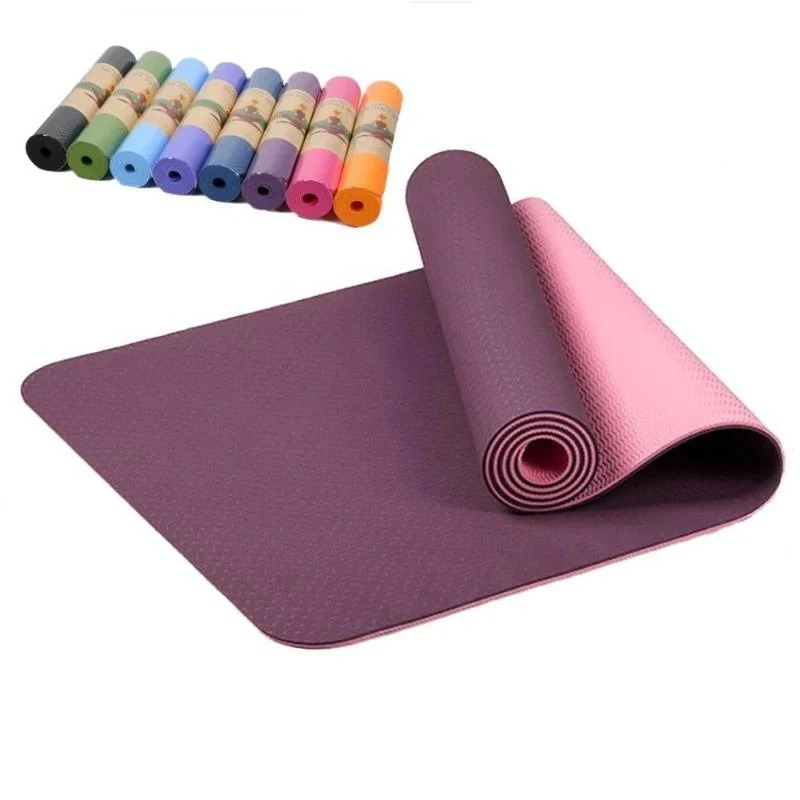
Natural vs. Chemical Cleaners for Yoga Mats
When it comes to keeping your yoga mat in top condition, the debate between natural and chemical cleaners is ongoing. Here’s what you need to consider when choosing your cleaning solutions.
Pros and Cons of Natural Cleaners
Natural cleaners, such as white vinegar and tea tree oil, are gentle and eco-friendly options. They can kill germs without harmful chemicals. Yet, they may have a strong odor and may not be as effective on tough stains. Always dilute these substances to avoid damaging the mat’s surface.
Pros and Cons of Chemical Cleaners
Chemical cleaners offer a strong defense against bacteria and are designed for convenience. They can remove stains and odors more effectively. But, they can also leave behind residues and may cause harm if not used correctly. Plus, they are not the best for the environment.
Making the Right Choice
In determining how to keep your yoga mat clean, consider your mat’s material and your personal preference for sustainability. Always check the manufacturer’s guidelines for the safest options. For everyday cleaning, you might opt for natural solutions. For deeper cleans, carefully chosen chemical cleaners may be useful.
Tips for Daily Yoga Mat Maintenance
Keeping your yoga mat clean on a daily basis is simple with these tips. Start with a few gentle pats after each use to remove loose dirt. Then, quickly wipe the surface with a soft cloth dampened with your cleaning solution. This quick clean prevents build-up of sweat and oils. If you practice outdoors or in a dusty area, increase the frequency of wipes. Always store your mat in a cool, dry place after each session. Roll it up carefully, avoiding creases that can trap dirt and bacteria.
How to Deep Clean Your Yoga Mat
Sometimes, everyday maintenance isn’t enough, and your yoga mat needs a deep clean. Perhaps it’s due to heavy use, visible stains, or an enduring odor. Whatever the reason, here’s how to give your yoga mat a thorough cleanse while keeping it in top shape.
- Prepare Your Cleaning Solution: Opt for a mix of warm water and a gentle, non-abrasive soap. This can help in breaking down built-up grime.
- Submerge the Mat (If Applicable): Not all mats can handle a soak. If yours can, submerge it in a bathtub or large basin. Let it sit for a few minutes to loosen dirt.
- Scrub Gently: Use a soft brush or cloth to scrub the surface gently. Focus on areas with visible stains or that feel especially grimy.
- Rinse Thoroughly: After scrubbing, rinse the mat well with clean water. Make sure no soap residue remains.
- Wipe to Remove Excess Water: With a dry towel, blot the mat to remove excess water. Be gentle to prevent damage.
- Air Dry Completely: Hang or lay the mat flat to dry. Ensure it is fully dry before using again.
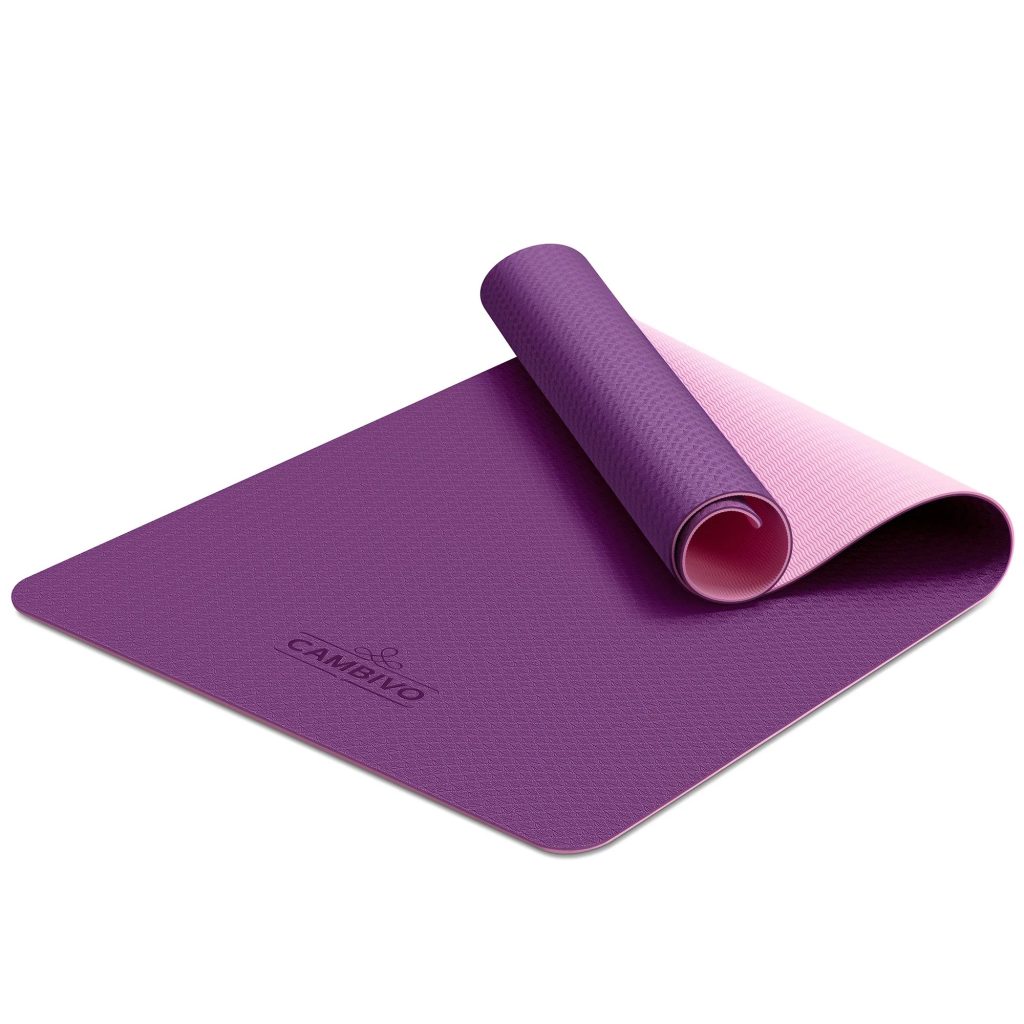
Storing Your Yoga Mat Properly to Prevent Dirt
Proper storage of your yoga mat is important to keep it clean. Here are some tips to store your yoga mat right and prevent it from getting dirty. First, make sure your mat is dry before you roll it up. This helps prevent mold and mildew. Use a mat strap or a bag to keep it rolled tightly. This stops dirt from getting onto the mat. Hang your mat in a cool, dry area. Do not put it in direct sunlight. Avoid storing heavy items on top of the mat. This can cause it to lose its shape. Store the mat in a clean space. Keep it away from floor dirt and dust. By following these simple steps, you will know how to keep your yoga mat clean between uses. Always handle your mat with care and it will last longer.
When to Replace Your Yoga Mat
Maintaining a clean yoga mat is vital, but there comes a time when replacement is the best option. While knowing how to keep your yoga mat clean extends its life, wear and tear will eventually render it less effective and potentially unhygienic. Here are signs that indicate it’s time to invest in a new mat:
- Visible Wear and Tear: If your mat shows obvious signs of degradation, such as tears, holes, or thinning areas, it’s time for a new one.
- Persistent Odors: Some smells won’t fade, even after deep cleaning. If your mat retains a strong odor, it may be time to replace it.
- Reduced Traction: A worn-out mat can lose its grip, causing slips during practice. For safety, choose a new mat with proper traction.
- Cushioning Has Compressed: Yoga mats provide cushioning for comfort. If yours feels hard, it’s likely compressed and should be replaced.
- Allergic Reactions or Skin Irritations: If you’ve started to react to your mat, it might be harboring bacteria or allergens.
- Manufacturer’s Recommendations: Check the expected lifespan of your mat as advised by the manufacturer. If it’s past due, get a new one.
In summary, regular cleaning can maintain your mat’s condition but watch for signs that suggest replacement. If you experience any of the above, prioritize your safety and comfort by getting a fresh yoga mat.
